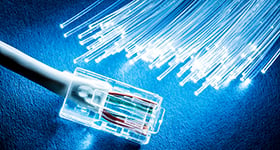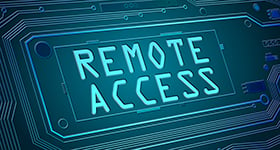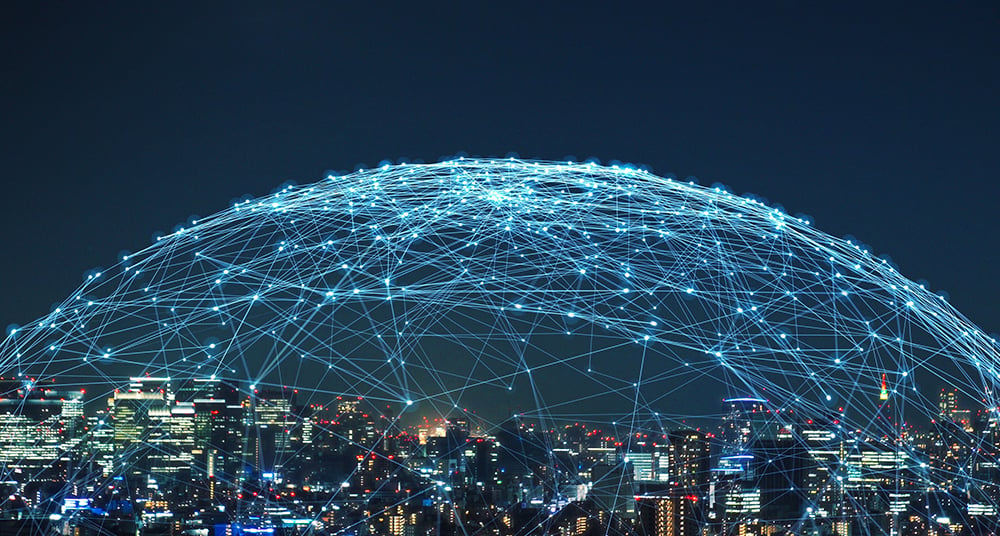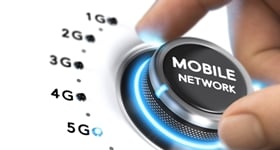Editor's note: Prof. Rajit Gadh was a featured speaker at our first Smart Grid Summit, and his most recent UCLA WINMEC event took place earlier this week. Kat Shoa is a new voice for our portal and we're pleased to carry her analysis of the forum here. She brings a fresh view to the business side of smart grid, and we're looking forward to having her join us at our next summit in Los Angeles.
On Monday May 17, UCLA's fourth Smart Grid Thought Leadership Forum brought together a small group of heavy-hitting players from various utilities companies and academics in the field, along with some business players. The discussion topics included challenges and opportunities of upgrading and automating US's ageing electrical grids over the next several years.
Clearly, business opportunities in this hot sector are tremendous. According to Pike Research, international investments in smart grid technologies will hit $200 billion within the next five years, so there's no surprise that companies from software vendors, to telecommunications companies, and industrial conglomerates are suddenly focused on this sector.
Challenges for utilities are opportunities for technology vendors
At the UCLA forum, representatives from various utilities companies reiterated the challenges of automating and modernizing the existing grid infrastructure which, technologically, hasn't advanced much since its inception in early 20th century. The herculean task for the utilities is to upgrade their grids from silo'ed, centralized, uni-directional systems, to open, multi-directional, technologically advanced ones with real-time data capture, store, and control capabilities, while allowing for new sources of energy generation (solar and wind) at distributed endpoints.
Modernization of the current grid systems necessitates integration of the 'grid infrastructure' with 'information technology', and can be summarized as breaking up the grid system into components, and gluing the components back together with IT components. And therein lies the opportunity for technology vendors: an entire new set of technologies are going to be deployed to capture, transmit, and store grid system and usage data at increasingly more elemental components of the existing grid infrastructure. Opportunities span various technologies including software, cloud computing, wireless, sense/control, storage, mobility, embedded systems, electronics, and micro-grid systems.
Challenges lie ahead
While grid modernization is exciting, the idea is to deliver a more robust grid system than the existing one, with a smooth transition. That's a tall order for a traditionally conservative industry where service disruptions can nearly cause national disasters. Utilities can't afford a system crash or a dropped connection, and technology vendors and software companies need to develop near 'zero fault tolerant' systems with up-time equal or better than the 'old' grids currently in use. The problem is none of the current technology providers can single-handedly deliver an end-to-end smart grid system, and utilities are not in the business of system integration, so it remains to be seen which entities will take control of the integration, certification, and rollout of smart grids.
Also, with the integration of information technologies into the grid system, utilities will introduce all the current IT security issues to their infrastructure including data corruption, transmission snooping, software viruses, and tampering detection at any end-point. Another challenge is the development of standards for smart grids at the API level. As all the subcomponents of the grid need to 'talk' to each other, there needs to be a standard (a language) with which they can communicate. As has been the case in other industries, standardization requires careful consideration of current (non-standard) technologies, future innovation, and active participation of various industry players (i.e., power plays and twisted arms), and takes years to develop.
Control systems
There's been much talk about data capture and display, but there's not much discussion about control system, particularly at the 'home' endpoint. Various vendors from smaller players to giants such as Googlehave developed technologies that consumers can use to capture and display their real time electricity use even at the appliance level. That's cute, but the real benefits to the consumer remains to be seen and various studies have shown that data display does little to change consumer behavior. That's no surprise since the 'capture and display' concept puts the responsibility of timing their electricity usage squarely on the consumer's lap, with little incentive to reduce electricity costs by a small percentage. A true 'smart' system would allow the consumer to hand off some of the control back to the system, so that the system can decide when to charge the electrical vehicle, for example.
Talking about the consumer…
The advantages of smart grids for the utilities companies are numerous including real time visibility into the entire grid eco-system for fault detection and prevention, dynamic pricing based on consumer behavior, end-to-end cost cutting due to automation, and allowing for new sources of power generation (solar and wind) and consumption (electric vehicles).
Though there's much talk about 'customer satisfaction' and 'consumer control', I'm hard pressed to see the real case made for the end user. Admittedly, I come from a world where 'customer is king', so customer requirements and pricing fold into the development of any products or services in which I'm involved. But when I review the smart grid market, it's clear that the primary beneficiaries are the utilities and not necessarily the end users.
Take smart metering, for example. One of the main benefits of smart metering is cost cutting for utilities as they can remove over 50% of their costs by eliminating the labor required to collect the data or terminate service at location. The benefits to end user are minimal or nonexistent. Another example is dynamic pricing, which was much discussed at the UCLA forum. The idea is that by having real time information of electricity use, the utilities can study customer patterns and develop pricing based on supply and demand for different times of the day. Of course this helps utilities with their peak use management, but it has the potential for significant cost increases for the unsuspecting consumer, and cases of consumer backlash have already popped up around US.
Even as the UCLA forum was mostly comprised of academics and utilities representatives, some posed questions about the benefits to the consumer, particularly in light of the fact that the nearly $4 billion dollar federal grants are footed by the taxpayers. I suspect this will be an area the utilities will have to pay attention to in order to prevent a public opinion backlash as the general public learns more about smart grids and the issues gets closer to their 'homes'.
Kat Shoa runs a management consulting practice offering strategic business and market development advisory services to companies developing services, technologies and intellectual properties. She has been involved with various aspects of businesses and products with generated revenues of hundreds of millions of dollars, and holds business patents in online transactional methodologies. More at: www.katshoa.com.
IoTevolutionworld publishes expert commentary on various telecommunications, IT, call center, CRM and other technology-related topics. Are you an expert in one of these fields, and interested in having your perspective published on a site that gets several million unique visitors each month? Get in touch.
Edited by Kelly McGuire





